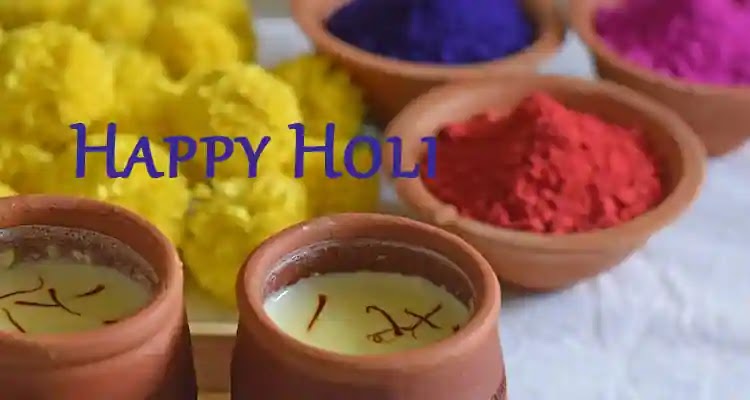Holi - A Festival of Colours, Love, Unity, and Joy - This festival is celebrated with great enthusiasm and zeal by people of all ages, castes, and religions.
Holi, also known as the "festival of colors," is one of the most popular and joyous festivals celebrated in India and other parts of the world.
Holi is celebrated at the end of winter, on the last full moon day of the Hindu month of Phalguna lunisolar calendar month marking the spring, making the date vary with the lunar cycle.
The date falls typically in March, but sometimes in late February.
The Significance of Holi: Triumph of Good over Evil
Holi knows no bars and boundaries. The festival of Holi has a rich cultural and historical significance and is celebrated with great fervor across the country. There are many interesting stories associated with Holi.
The origins of Holi can be traced back to ancient Hindu mythology. According to the legend, the festival commemorates the victory of good over evil.
The most popular stories of Holi origin relate to 'Holika Dahan' and the Legend of Radha-Krishan.
The History and Legends of Holi: Exploring the Origins of the Festival
Holi celebrations start on the night before Holi with a Holika bonfire where people gather, do religious rituals in front of the bonfire, and pray that their internal evil should be destroyed as the bonfire starts.
The Holika Dahan ritual is symbolic of the victory of good over evil.
How Navratri Festival (Divine Nine Nights) is beneficial in everyone's life?
However, his son Prahlad, who was a devout follower of Lord Vishnu, refused to worship his father and continued to pray to Lord Vishnu.
Another story is related to Holi “Radha Krishna”
In a mischievous mood, he applied color to Radha's face. Following this ancient legend, lovers to date long to color their beloved as an expression of love.
Get Ready to Smear Some Colors: Holi is Here
The festival is also marked by music, dance, and feasting. Special dishes like Gujiya, Mathri, and Thandai are prepared for the occasion, and people visit their friends and family to exchange sweets and greetings.
The Magic of Holi: Uniting People and Cultures
During Holi, people forget their differences and come together to celebrate the joy of life.
Celebrate Holi Responsibly: Tips and Tricks for a Safe Festival
It is advisable to use natural and organic colors or prepare them at home using flowers and herbs.
You may also like
How Navratri Festival (Divine Nine Nights) is beneficial in everyone's life?

